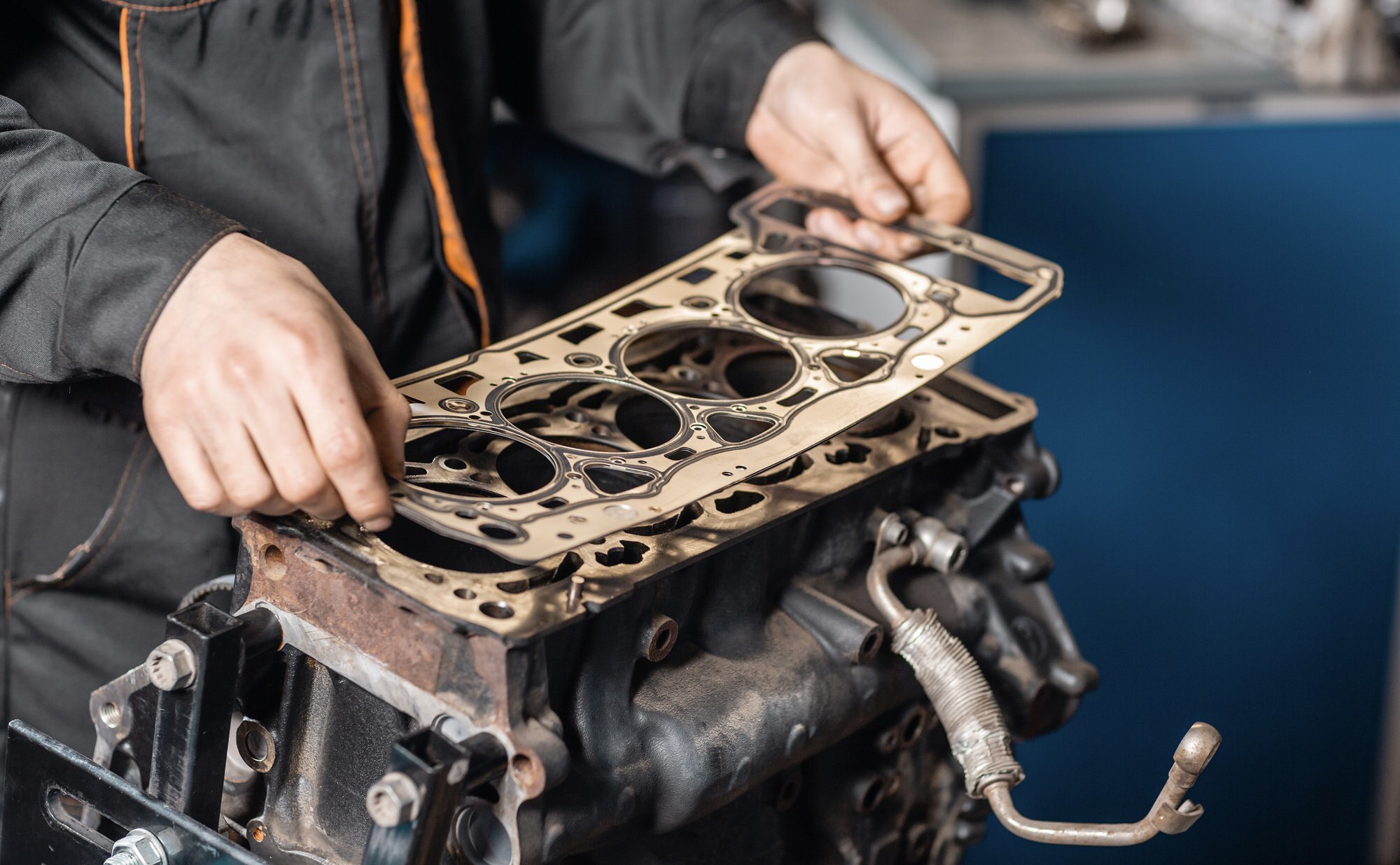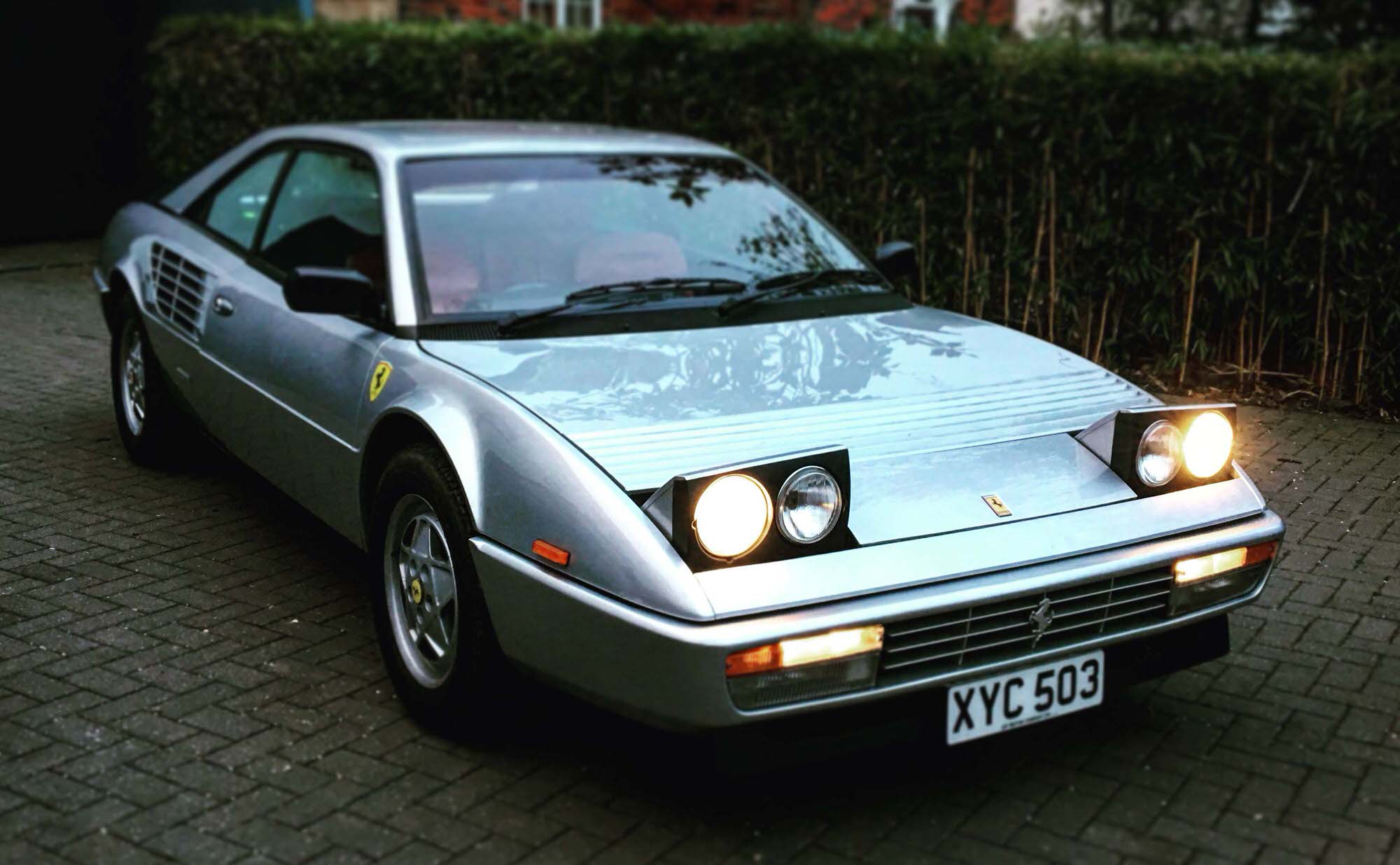Recalls happen for all sorts of reasons. Sometimes, it is a minor issue that you wouldn't even notice. Other times, it's something that should be taken care of ASAP.
You know the old story of the frog in the boiling pot of water? It heats up so gradually he doesn’t even notice until it is too late. That is a good analogy for steering and suspension problems. The symptoms are very gradual and they are easy to miss. That is why we take every car that comes in for an oil change out for a test drive. We notice these symptoms right away and do a front end inspection to make sure your steering and suspension systems are up to snuff.
What are the symptoms of suspension and steering problems?
The first big one is excessive rapid tire wear. People don’t tend to get on their hands and knees and inspect the evenness of their tire wear, but when we have it up on the hoist we can see it right away. If you are wearing quickly and unevenly that is a sign of a problem.
The two things we check for when we are test driving are noises like rattle of clunking that are audible when driving on fairly smooth and even surfaces, and when the steering wheel drifts to the left or right when you let go or you have to hold it with constant sideways pressure to keep it moving in straight line.
Which symptoms are the most serious and which are less urgent?
Anything worn out in the steering or suspension system has a safety concern, but more than anything it will wear out your tires so quickly it ends up causing expensive early tire replacement.
What will need replacing or service?
Usually these systems lead us to a problem with the tie rod ends or ball joints. When they are excessively worn they need to be replaced, there is not really a way to repair them, we can only maintain them when they are functioning properly or replace them when they are worn out.
How do you maintain them? What is the maintenance interval?
They should last technically 150K-200K KMS, but there is no common or average interval, it is heavily dependant on driving terrain and how well the car is maintained. Components should be greased at each service or else they get dry and wear out. Some vehicles do not have greasable components (I’m sorry autocorrect, “greasable” is too a word!), but we do handle the upkeep on every vehicle possible as part of a regular service.
Having a steering problem?
Having a steering problem? Developing one large forearm muscle from just driving in a straight line? Give us a call and we can check it out at your next service.




